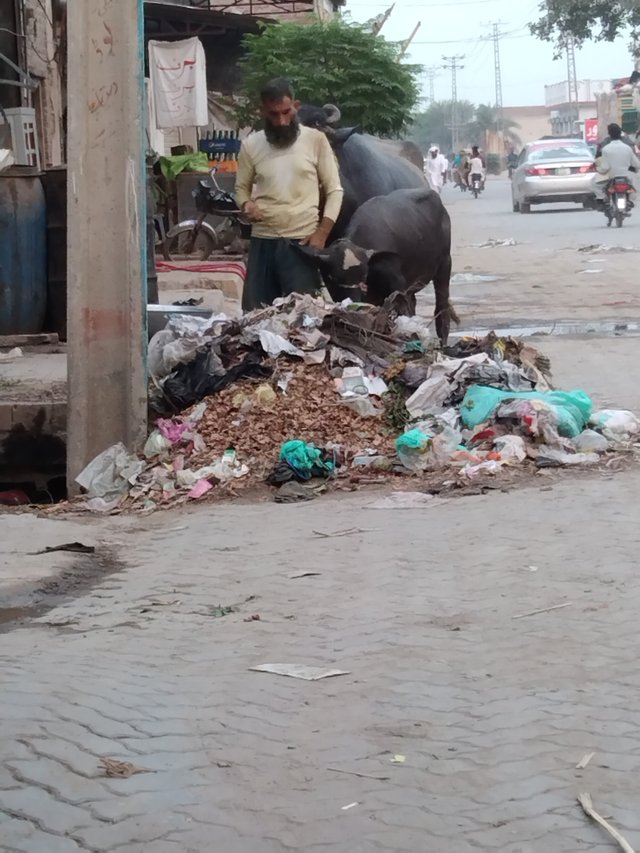
E.M. Foster says, ‘We are not concerned with the very poor. They are unthinkable, and only to be approached by the statistician or the poet.’ Generally, or in common parlance, a ‘poor’ is that person who does not have sufficient amount of money to purchase food to keep him and the members of his family alive and the necessary clothing and a shelter in the form of a house.
These are the persons who do not have a proper diet, no shelter or have depleted shelter, live in insanitary conditions, and have a lower life expectancy than the majority of population. Their house is often overcrowded.

Many of them sleep on streets, subways, footpaths, doorways or park benches under the open sky. In extreme winter, they sometimes freeze to death in certain areas. In rural areas, they live in mud thatched small huts and in urban areas in ghettos (slums), devoid of all basic utilities—water, latrines, bathrooms, electricity, etc. Thus, such persons must be defined as poor, no matter whether society recognizes their poverty or not.
Most poor people are either engaged in low-paying jobs or are without jobs. Some are too ill or disabled to work and others are living alone (aged, widowed), who cannot earn enough to support themselves and their children, if any. The poor cannot get loans for self-employment.
They cannot seek employment where work is available. They also pay more for most of what they buy. Most of their incomes, if any, are spent on food. Moreover, the commodities they purchase from nearby grocery shop are often of low quality, adulterated and stale devoid of any nutritive value.
The situation becomes more grim when the earning member of a poor family loses his/her job even for a short period or dies. The poor have no assets to protect them from the collapse of their precarious financial situation. They thus have hand-to-mouth existence at such times.
ADVERTISEMENTS:
The nature of poverty has undergone considerable change over the years. Who the poor are today is quite different from those called poor in an earlier period. In the 19th century and even more than half of the 20th century, people living in villages (in India about 70 per cent of the population lives in villages) depended directly or indirectly mostly on agriculture (as landless labour or small farmers) for their livelihood, having a very small mud thatched hut, were regarded as poor.
According to UNDP report (1996), 39 per cent of the rural population was living below the poverty line or earning less than Rs 2,444 per person per year. This figure might have changed a bit due to the implementation of many rural development and Garibi Hatao (poverty eradication) programmes but still most of the village India is suffering the consequences of poverty.
The change in technology has changed the face of poverty. There is a great exodus of population from villages to urban areas in search of jobs. The use of electricity, tractors, and many machines in agricultural pursuits, along with the improved hybrid seeds and method of cultivation, has forced many people to leave villages.
This change in technology has made many people poor while a meagre (i.e., big farmers and zamindars) affluent. Technology often displaces workers by abolishing their jobs, while creating other, better paying ones for people more technically trained.